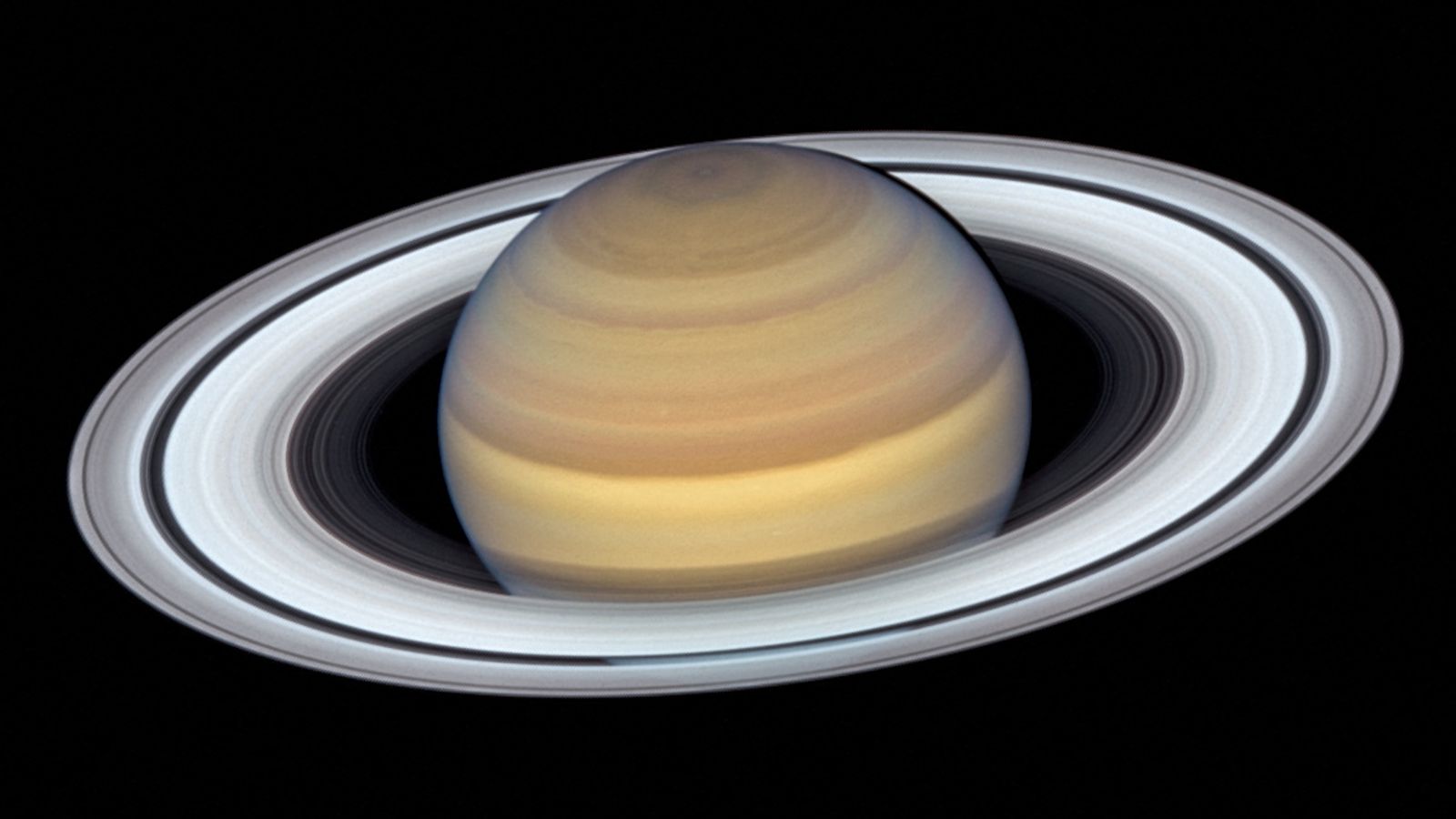Saturn’s iconic rings will briefly disappear from view in less than 18 months – and will not return to their full viewing glory until the 2030s, NASA has said.
Scientists said the famous rings will effectively vanish from the view of stargazers on Earth because Saturn will be heading into an “equinox” event.
The gas giant’s hoops will merge into an almost invisible line in the first half of 2025 as the planet tilts.
Science website, Earth.com, said it will be “similar to trying to spot a sheet of paper edge-on when it’s positioned at the far end of a football field”.
The rings will slowly become visible again as Saturn’s southern pole tips towards our planet – with the best view peaking in 2032 when the gas giant will be at 27 degrees in relation to Earth.
Astronomers say the tilting of Saturn should make it easier for stargazers to pick out some of the 140 moons which orbit the giant planet.
NASA says the equinox happens every 15 years due to Saturn’s “tilted” axis of rotation.
On its website, it explained: “For half of a Saturn year, the ringed planet appears to bow toward the sun, which then illuminates the top of the rings.
“For the other half of the year, Saturn appears to lean back, and the sun illuminates Saturn’s south pole and the bottom of the rings.
“However, for two brief periods in each of Saturn’s orbits around the sun, the ring edge points not below or above the sun, but directly at it.
“This event, called an equinox, gives Saturn’s northern and southern hemispheres equal amounts of sunlight for a brief time.
“But Saturn takes about 30 Earth-years to orbit the sun, so its equinox happens only once every 15 years.”
Read more on Sky News:
New space telescope sends back first dazzling images
Scientists discover oldest ever black hole
Research by the US space agency revealed in 2018 the entire “ring system”, which stretches for around 175,000 miles, will be gone in 300 million years due to a dusty rain of ice particles under the influence of Saturn’s magnetic field.
NASA says Saturn’s rings are “thought to be” made up of pieces of comets, asteroids or shattered moons, composed of small chunks of ice and rock.

